Living with chronic skin conditions like psoriasis, eczema, or vitiligo can feel like an endless battle. The itching, redness, and unsightly patches can take a toll on both your physical comfort and emotional well-being. Fortunately, advancements in light therapy have provided a beacon of hope for many. Among these, UVB therapy stands out as a powerful tool, harnessing the benefits of ultraviolet light to soothe and heal persistent skin issues. At the heart of this treatment lies the UVB therapy lamp—a device that delivers targeted ultraviolet rays to affected areas. But how exactly does it work, and why has it become such a go-to option for dermatologists and patients alike? Let’s dive into the science, the stories, and the solutions behind this remarkable phototherapy treatment.
Understanding UVB Therapy and Its Roots in Light Therapy
Light therapy, often referred to as phototherapy, has been used for decades to address a variety of health concerns, from seasonal depression to chronic skin conditions. Within this broad category, UVB therapy focuses specifically on the ultraviolet B (UVB) spectrum of light, a narrow range of wavelengths between 280 and 315 nanometers. Unlike broader UV light or UVA rays, UVB light targets the skin at a cellular level, offering a precise and effective treatment for conditions like psoriasis and eczema.
The UVB therapy lamp, a cornerstone of this approach, emits controlled doses of UVB light to penetrate the skin’s surface. This targeted exposure slows the rapid growth of skin cells—a hallmark of psoriasis—and reduces inflammation, making it a standout option in phototherapy for psoriasis and other skin disorders. While sunlight naturally contains UVB rays, relying on the sun alone is unpredictable and carries risks like skin cancer from overexposure. A UVB lamp, by contrast, provides a consistent, measured dose of ultraviolet light, tailored to individual needs.
The Science Behind UVB Phototherapy
To understand why UVB phototherapy works so well, we need to peek under the skin—literally. Conditions like psoriasis stem from an overactive immune response that accelerates skin cell turnover. Normally, skin cells take about a month to grow, mature, and shed. In psoriasis patients, this process happens in just a few days, leading to thick, scaly patches known as plaque psoriasis or smaller, droplet-like lesions in guttate psoriasis. UVB light therapy intervenes by penetrating the skin and slowing this frantic cycle.
The magic lies in the wavelength. Narrowband UVB, a refined form of UVB phototherapy, zeroes in on the 311nm range—often called UVB 311nm. This narrowband approach maximizes therapeutic benefits while minimizing side effects, making it a preferred choice over broadband UVB. When UVB penetrates the skin, it suppresses the immune system’s overactivity and reduces inflammation, offering relief from psoriasis symptoms like itching and scaling. For vitiligo, UVB stimulates melanocytes—the cells responsible for pigment—helping repigment white patches over time.
Unlike red light therapy or blue light therapy, which target different concerns (like wound healing or acne), UVB light therapy is uniquely suited for chronic skin conditions. The ultraviolet light B emitted by a phototherapy lamp doesn’t just treat symptoms—it addresses the root causes at a cellular level, making it a standout in the world of light therapy units.
Who Can Benefit from UVB Light Therapy?
UVB phototherapy isn’t a one-size-fits-all solution, but it’s remarkably versatile. Psoriasis, affecting millions worldwide, is the poster child for this treatment. Whether it’s scalp psoriasis hiding under hair or stubborn plaques on elbows and knees, UVB light offers relief where topical creams often fall short. Studies show that consistent treatment with a UVB therapy lamp can clear psoriasis patches in as little as a few weeks, though results vary based on severity and adherence to a treatment schedule.
Eczema, another common skin condition, also responds well to UVB treatment. The dry, itchy patches that define this condition soften under controlled UVB exposure, reducing flare-ups and improving quality of life. Vitiligo, characterized by depigmented spots, benefits too—UVB phototherapy treatment involves exposing affected areas to stimulate pigment production, gradually restoring color.
Even less common conditions like psoriasis and vitiligo combined can see improvement with phototherapy at home or in a clinic. The key is customization: a dermatologist crafts a treatment plan based on the patient’s skin type, condition, and response to light therapy treatment.
The Role of the UVB Therapy Lamp
At the heart of this process is the UVB therapy lamp—a device designed to deliver precise doses of ultraviolet light. Unlike UV lamps used for tanning or sterilization, these lamps are medical-grade, often featuring narrowband UVB bulbs to optimize results. The light source is calibrated to emit UVB rays at a specific intensity, ensuring safety and efficacy.
For many, the appeal of a UVB lamp lies in its accessibility. Home phototherapy has revolutionized how patients manage chronic skin diseases, offering the convenience of treatment in the privacy of your own home. No more frequent clinic visits—just a compact phototherapy unit and a commitment to following a prescribed treatment area and schedule. Whether it’s a handheld device for localized spots or a full-body panel for widespread conditions, these light therapy devices bring professional-grade care to the comfort of your own home.
Benefits of UVB Phototherapy: Beyond Skin Deep
The benefits of UVB go beyond clearing skin. For psoriasis and eczema sufferers, the physical relief—less itching, fewer cracks, smoother texture—is life-changing. But there’s an emotional uplift too. Imagine shedding the self-consciousness of visible psoriasis since childhood or watching vitiligo patches fade with each session. UVB light therapy may not cure these conditions, but it offers a lifeline to normalcy.
Compared to systemic medications, which can strain the liver or kidneys, UVB phototherapy is non-invasive. It avoids the mess of creams and the side effects of steroids, making it an attractive treatment option for long-term management. Plus, with home UVB-NB phototherapy equipment, patients gain autonomy over their care, using UVB in a way that fits their lifestyle.
How UVB Therapy Works in Practice
So, what does a typical session look like? UVB phototherapy treatment involves exposing the skin to a lamp for a few minutes per session, gradually increasing exposure time as the skin adapts. The treatment involves a delicate balance—enough UVB to heal without burning. Dermatologists often start with a low dose, monitoring how UVB penetrates the skin and adjusting the light intensity accordingly.
For home use, phototherapy equipment for the treatment comes with detailed instructions. Patients stand or sit a set distance from the lamp, targeting specific areas or the whole body. Sessions might occur two to three times a week, with results appearing after 8–12 weeks of consistent treatment. The UVB spectrum is carefully controlled, avoiding the deeper-penetrating UVA light that’s less effective for these conditions.
Safety and Side Effects: What to Know
UVB therapy is safe when supervised, but it’s not without risks. Overexposure to UVB rays can cause burns or, in rare cases, increase the risk of skin cancer. That’s why narrowband UVB phototherapy is favored—it delivers therapeutic benefits with less UV than sunlight or broadband options. Protective eyewear is a must, and areas not being treated are often covered to shield healthy skin.
For most, side effects are mild—temporary redness or dryness that fades quickly. Compared to the chronic discomfort of untreated psoriasis or eczema, these are small trade-offs for an effective treatment.
The two—channel electric massager is your personal assistant in maintaining health and well-being. Combining efficiency and convenience, it allows you to enjoy the benefits of professional massage at home. You can buy this device at the best price in our online store.
UVB Therapy at Home vs. Clinic Settings
The rise of home UVB phototherapy has democratized access to this care. Phototherapy devices for home use mimic clinic-grade light units, offering the same narrowband UVB benefits. Patients with psoriasis or vitiligo can treat skin conditions from their living room, following a dermatologist’s guidance. It’s cost-effective over time and ideal for those with busy schedules or limited access to specialists.
Clinics, however, offer professional oversight and larger phototherapy units for severe cases. The choice depends on the condition’s extent, patient preference, and medical advice. Either way, UVB light treatment remains a cornerstone of managing skin diseases.
The Future of Light Therapy for Skin Conditions
As research evolves, so does phototherapy. Innovations like LED light integration or more portable light therapy lamps promise even greater convenience. While UVB remains distinct from forms of light like red light therapy, its targeted approach ensures it’ll stay a leader in treating conditions like psoriasis and eczema.
For now, the UVB therapy lamp stands as a testament to how science and simplicity can intersect. It’s not just a bulb emitting ultraviolet light—it’s a tool that restores confidence, eases pain, and reclaims skin from the grip of chronic disorders. Whether in a clinic or the privacy of your own home, UVB phototherapy shines bright as a beacon of hope.
Final Thoughts
UVB therapy isn’t a cure, but it’s a game-changer. By harnessing the power of light therapy, it offers relief where other treatments falter. From psoriasis patients reclaiming their skin to eczema sufferers finding peace, the impact is profound. With a UVB therapy lamp, the future looks brighter—literally and figuratively—for those battling chronic skin conditions. So, if you’re considering this path, talk to a dermatologist. The right light for medical use might just be the breakthrough you’ve been waiting for.


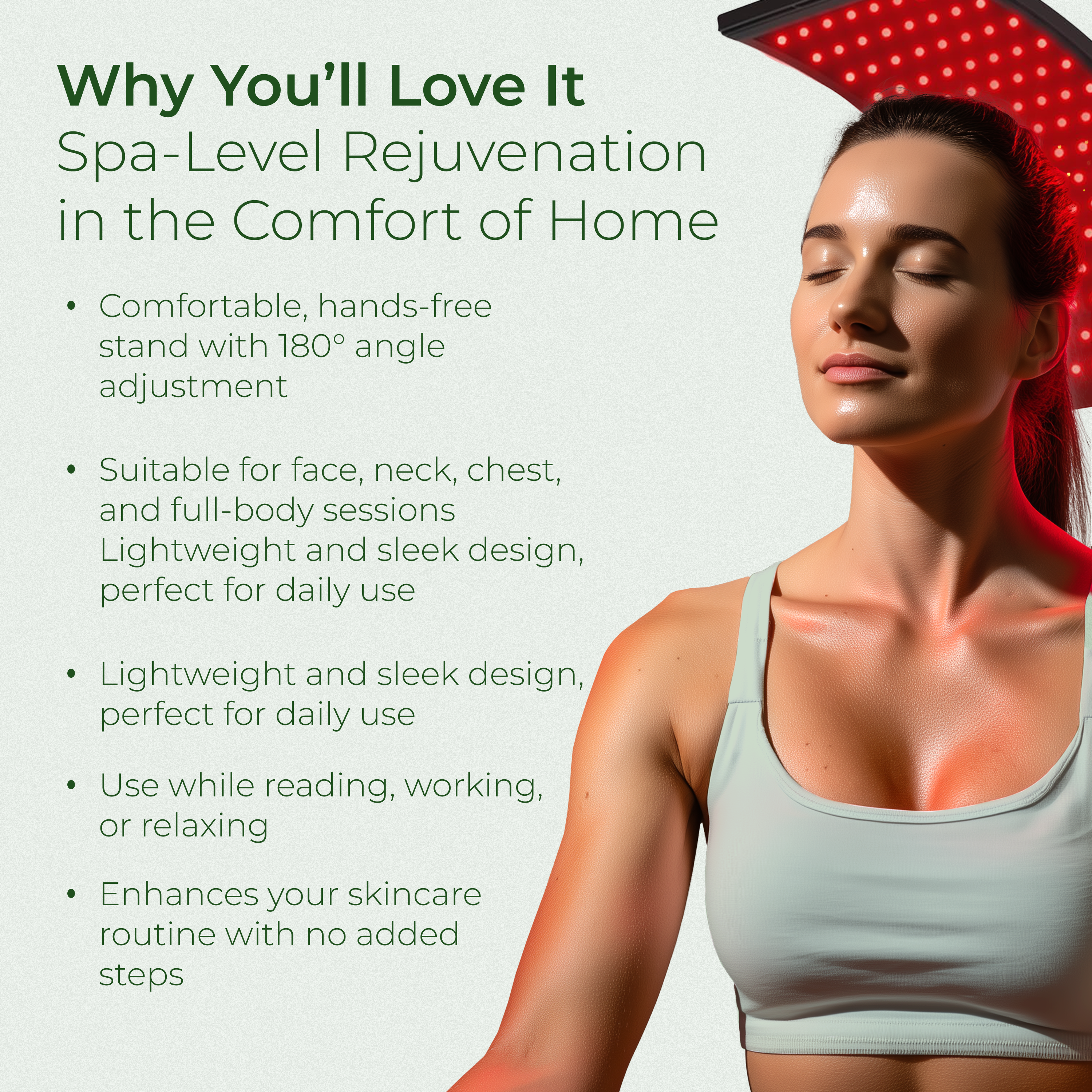
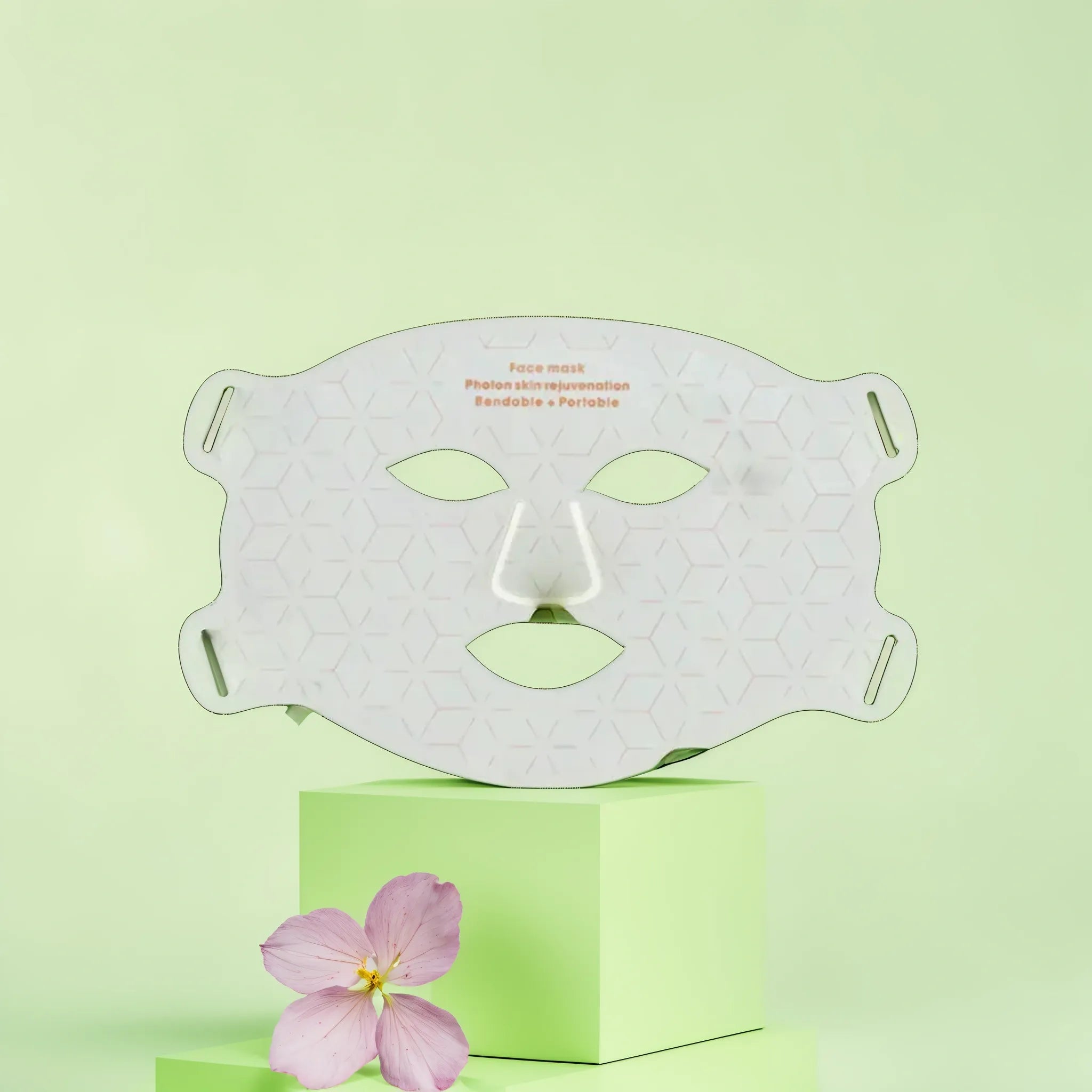



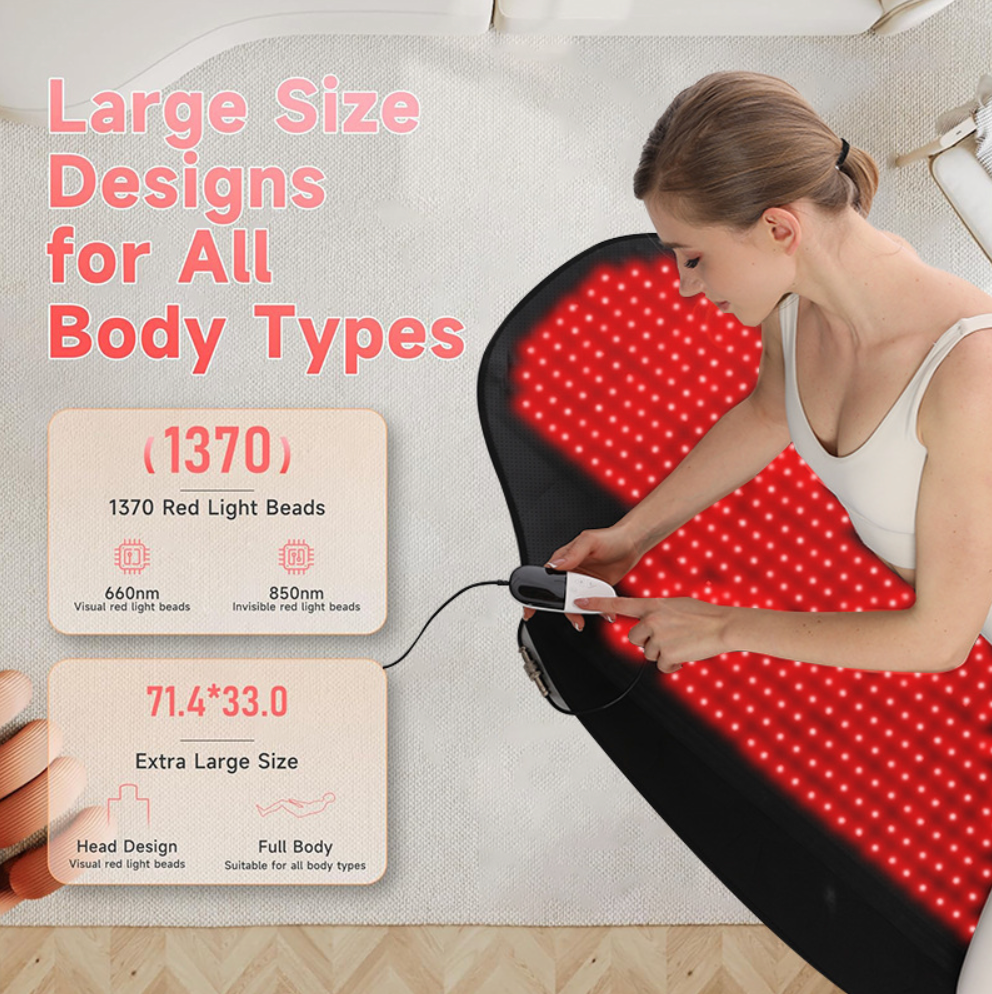
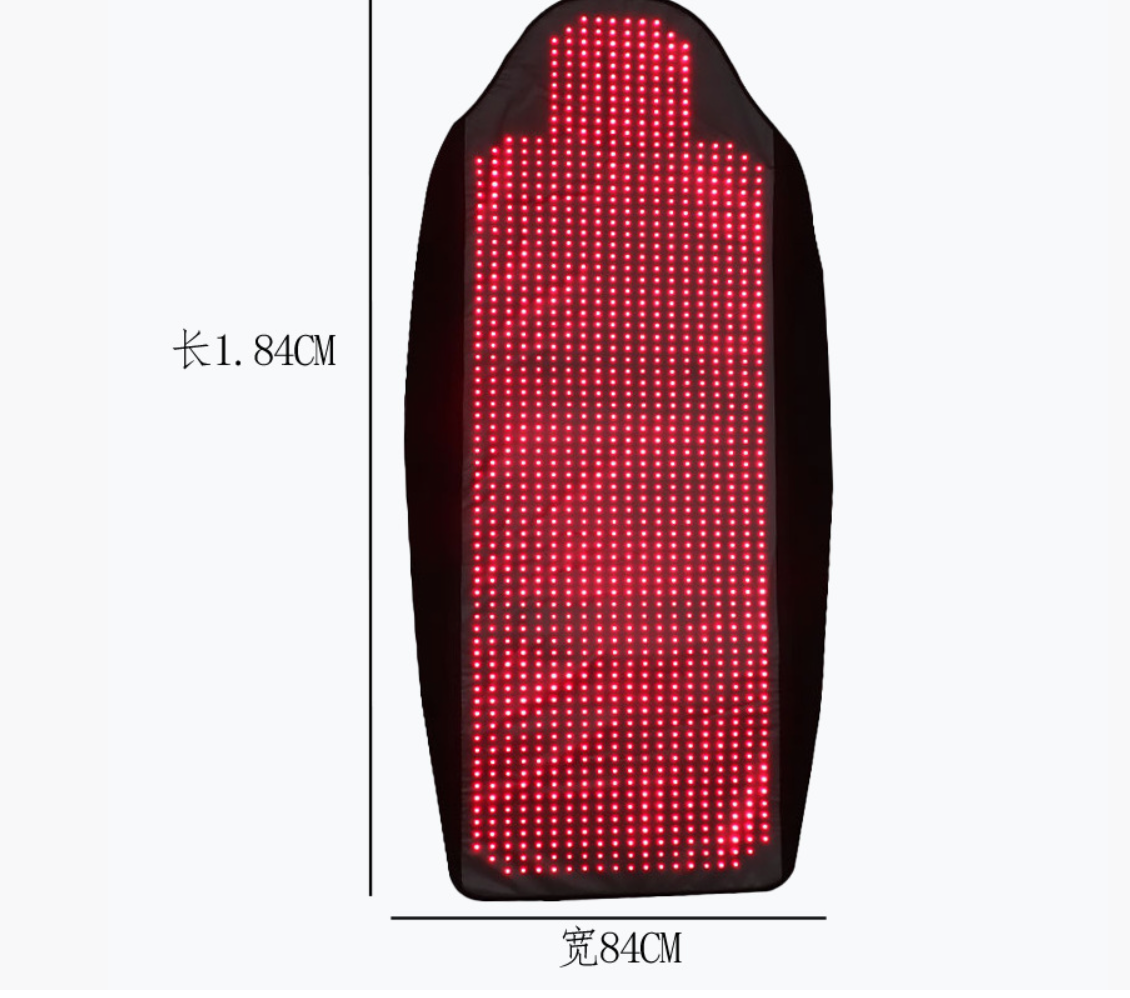
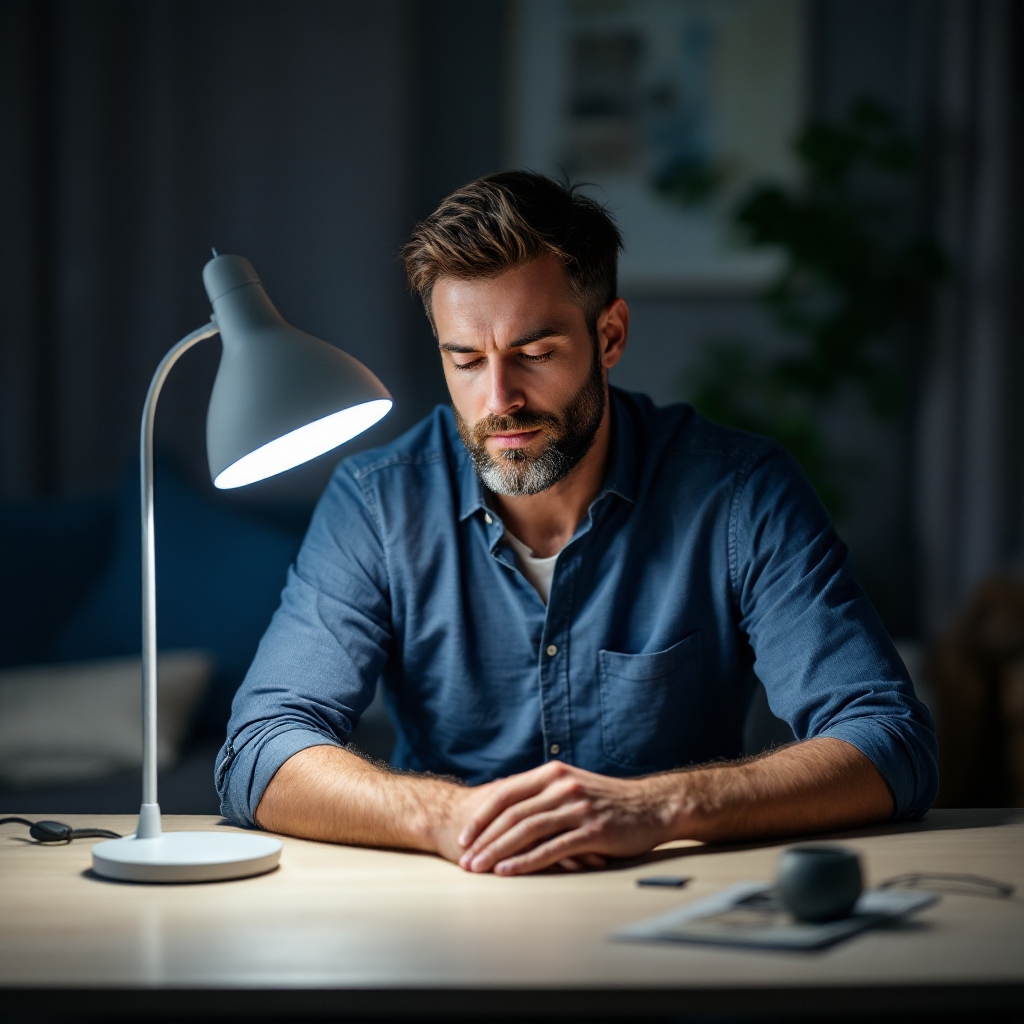
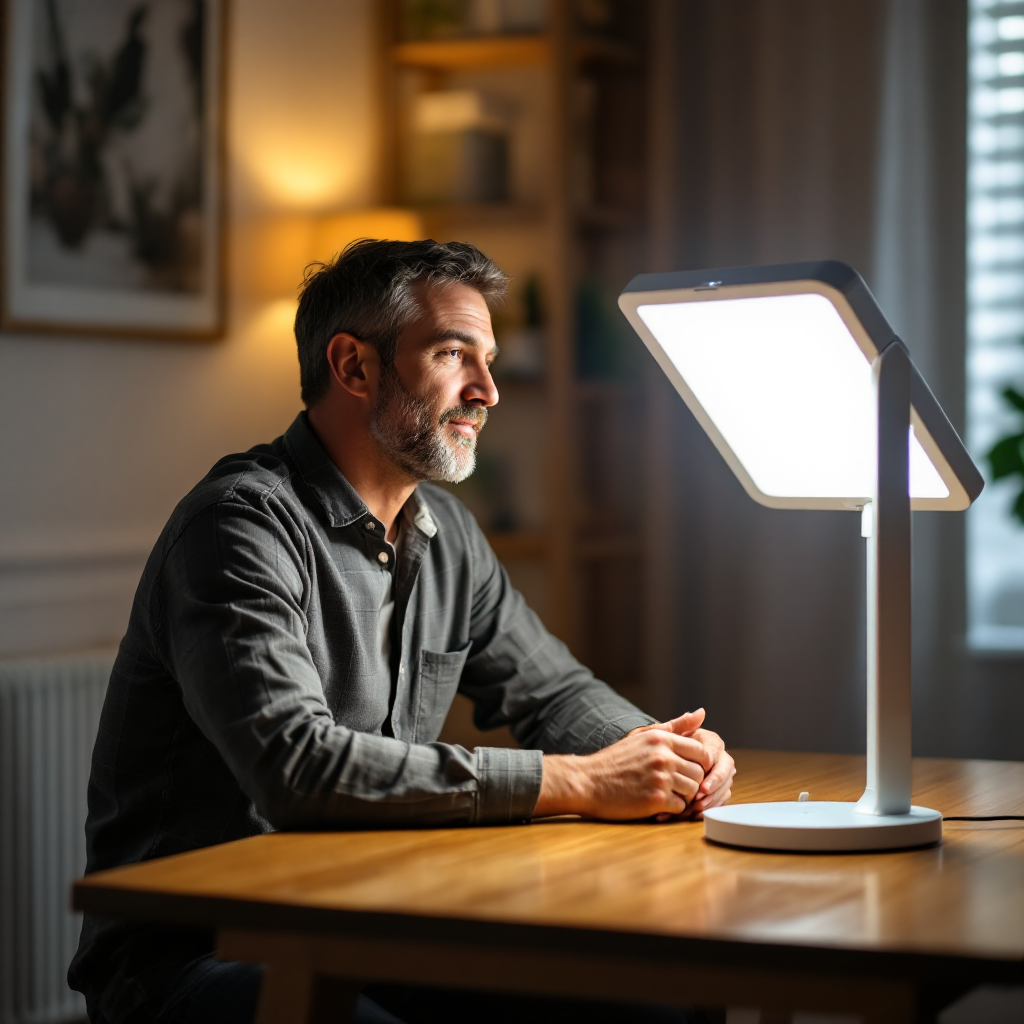

Leave a comment
This site is protected by hCaptcha and the hCaptcha Privacy Policy and Terms of Service apply.